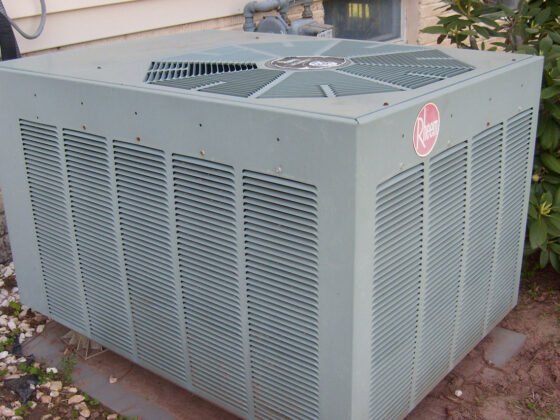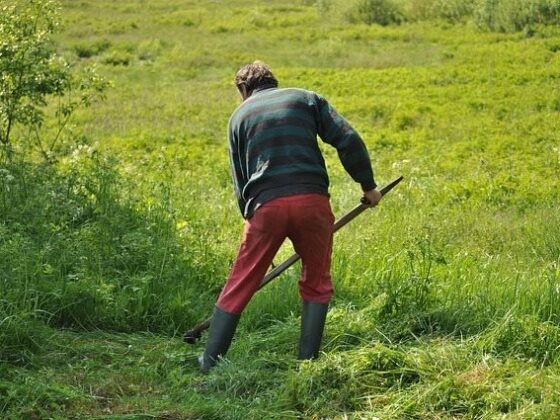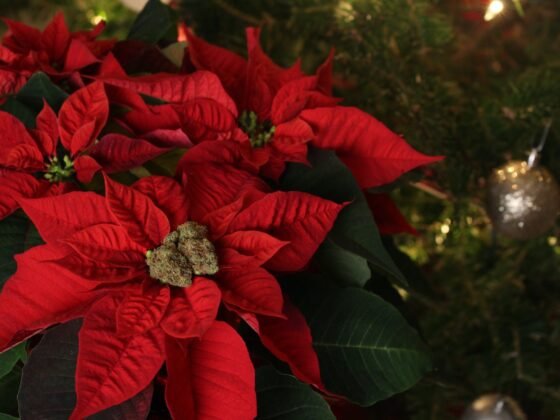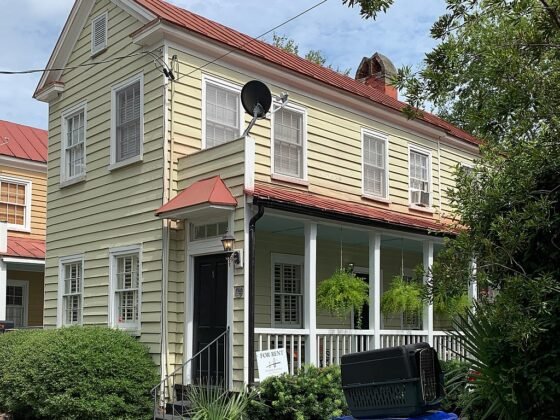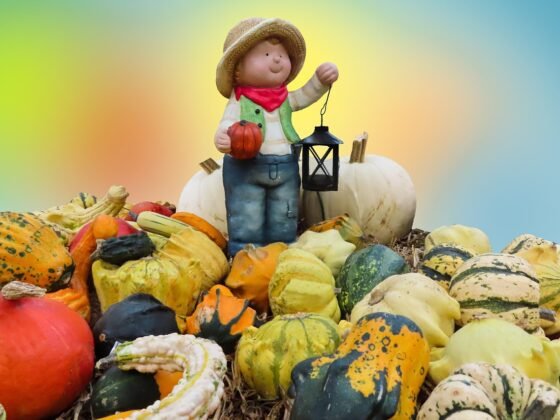Table of Contents Show
There are over 1,100 bird species throughout America. Of these, twenty bird species are the most commonly found in people’s backyards.
If you’d like to attract some of these birds to your yard, the most important thing is choosing the right feeder.
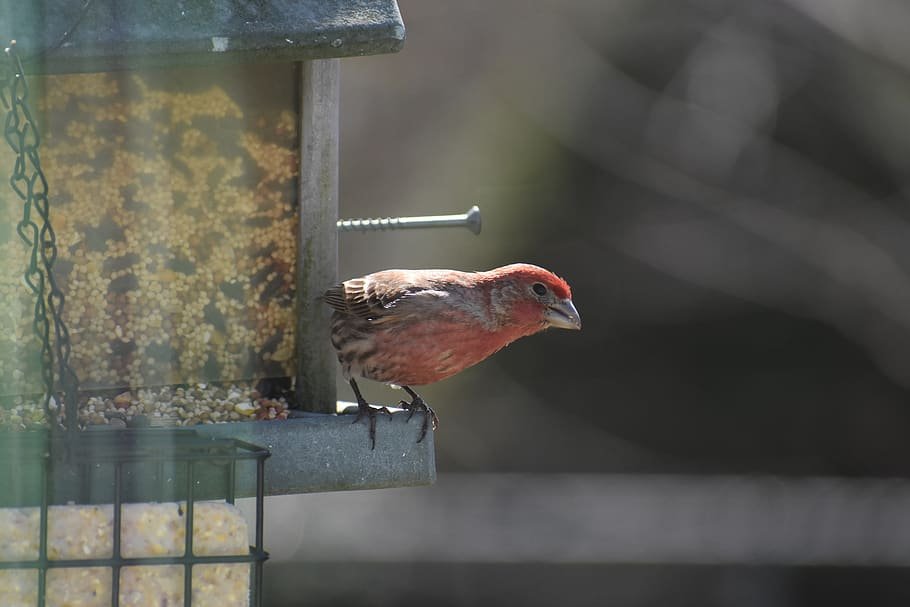
The different types of bird feeders are design to attract various bird species. For example, insect-eating birds prefer suet, while smaller seed-eating birds prefer platforms or hoppers.
If you’re feeling a little lost when choosing the right bird feeder, don’t fret. Continue reading for a brief explanation of the most popular types of bird feeders.
Platform Bird Feeders
- Attracts These Types of Birds: sparrows, Dark-eyed Junco, towhees, doves, pigeons, Bobwhite, quail, grosbeaks, buntings, cardinals
Platform bird feeders consist of trays that you place the feed on. This allows birds to land and peck at the seed.
For this reason, platform feeders generally attract ground-feeding bird species, but they may also attract a few songbirds.
Most platform feeders will have a slightly raised edge. This keeps more feed inside and offers birds a place to land. Some designs may include a roof that helps keep moisture out of the seed.
Read Also:
Hopper Feeders
- Attracts These Types of Birds: cardinals, grosbeaks, finches, doves, Red-winged Blackbirds, jays, sparrows, chickadee, titmice
Most birds will eat from hopper feeders, depending on the type of seed you stock it with. Hoppers are also known as “house feeders” because they look like tiny homes.
The bird feed is stored inside a cubical area that often has a glass front to it.
Hoppers can dispense seeds of varying sizes. They keep feeding relatively safe from dampness. However, it’s essential to empty them at least once a week and wash them to avoid any issues.
Tube Feeders
- Attracts These Types of Birds: finches, goldfinches, Pine Siskins, chickadees, nuthatches, sparrows, titmice, grosbeaks
Tube feeders are tall tubular-shaped containers with one or more holes in the sides. These holes are where the birdseed (placed inside) can be accessed.
There will also generally be one or more perches where birds can sit to eat the feed.
Tube feeders allow for quite a bit of seed to be stored at one time. Unfortunately, they’re also prone to growing mold if not cleaned out regularly.
Peanut Feeders
- Attracts These Types of Birds: woodpeckers, jays, nuthatches, chickadees, titmice, brown creepers
Peanut feeders often look like a wreath, although they may be half circles. Metal wiring keeps peanuts (and other large nuts) in place. To eat the peanuts, birds must peck the nuts out.
Peanut feeders are generally used as treat feeders versus a primary feeder. Many birds enjoy peanuts and other large nuts alongside their seed.
The only downside is peanut feeders can make a lot of ground mess that will need to be cleaned up regularly.
Nectar Feeders
- Attracts These Types of Birds: hummingbirds, orioles, woodpeckers
Nectar feeders look like bowls or tubes with small feeding spouts at the bottom. Often, these feeding spots are crafted to resemble flowers. The feeder itself may be made from plastic or glass.
Nectar or sugar water goes into these feeders to attract nectar-eating birds. Hummingbirds are the most common type of bird people hope to attract using these types of feeders.
Although many people have traditionally placed red food dye into the nectar, this isn’t necessary.
In fact, brightly colored food dyes can make birds sick. Due to their small size, hummingbirds are most at risk of becoming ill.
Window Bird Feeders
- Attracts These Types of Birds: finches, chickadees, titmice, sparrows
Window feeders are generally plastic. They’re designed to attach to the outside of your home’s windows using strong suction cups.
Sometimes, chains are used to help give window bird feeders a little extra staying power.
Window feeders may resemble platform feeders or hoppers in design. Their most significant benefit is allowing you to view birds up close.
Their biggest downside is they must be cleaned daily to avoid seed spoilage.
Suet Feeders
- Attracts These Types of Birds: woodpeckers, bushtits, warblers, nuthatches, flickers, chickadees, kinglets
Suet feeders are designed to attract inset-eating birds. Suet is a type of rendered fat these types of birds love. Generally, suet comes in blocks or cakes placed into the feeder for birds to eat from.
Suet feeders may be plastic or metal. The design varies from cages to plastic netting. Some even use logs or onion bags to distribute the suet to birds.
There’s one big problem with suet feeders. The suet itself can melt or go rancid quickly in high temperatures. For this reason, many only use them during the winter or late fall.
Tips for Bring Birds into Your Yard
You could choose the best feeders for native species, but it doesn’t matter if birds aren’t in your backyard.
Below are a few tips for bringing birds into your yard, no matter which feeder you choose to use.
- Do your research (https://nature-niche.com/blogs/news/bird-feeding-stations-how-to-design-the-perfect-backyard-habitat is a good resource)
- Plant bushes, so birds have a place to hide
- Incorporate one or two birdbaths into your landscape
- Install one or more birdhouses, so birds have a place to rest and make their nests
- Plant brightly colored flowers to attract attention
More Questions About the Different Types of Bird Feeders?
There are several types of feeders you could use in your backyard. The ones above are among the most common, but this list isn’t all-inclusive. There are other bird feeding options available.
Do you have more questions about the different types of bird feeders?
Check out our other blogs. You’ll find articles on birds, landscaping, and related topics to help you learn more on the subject.
